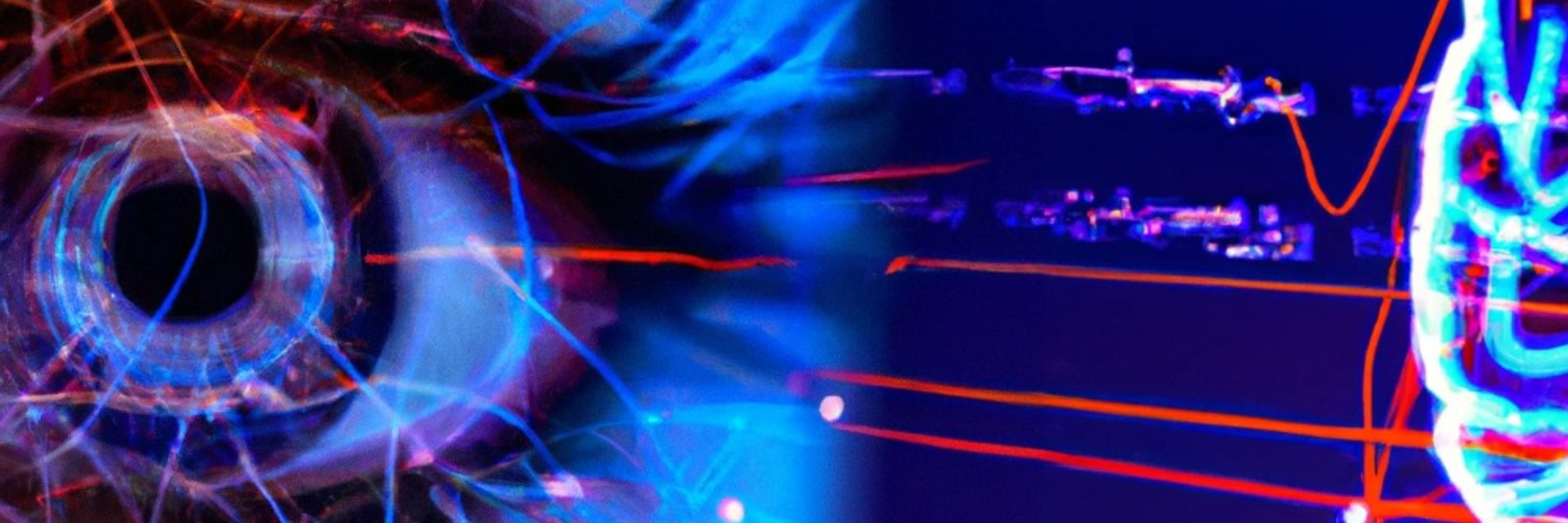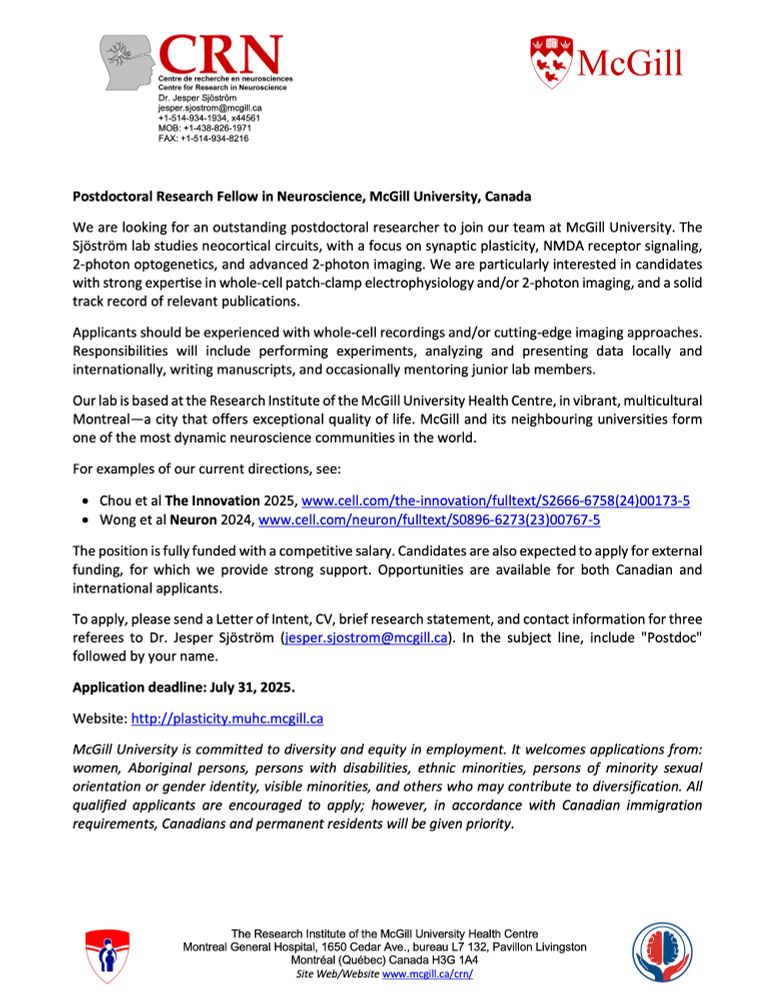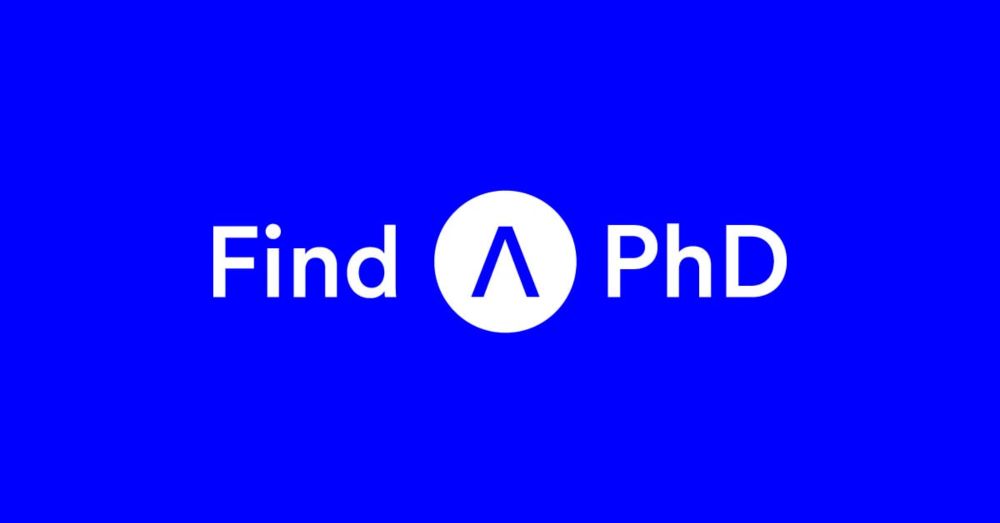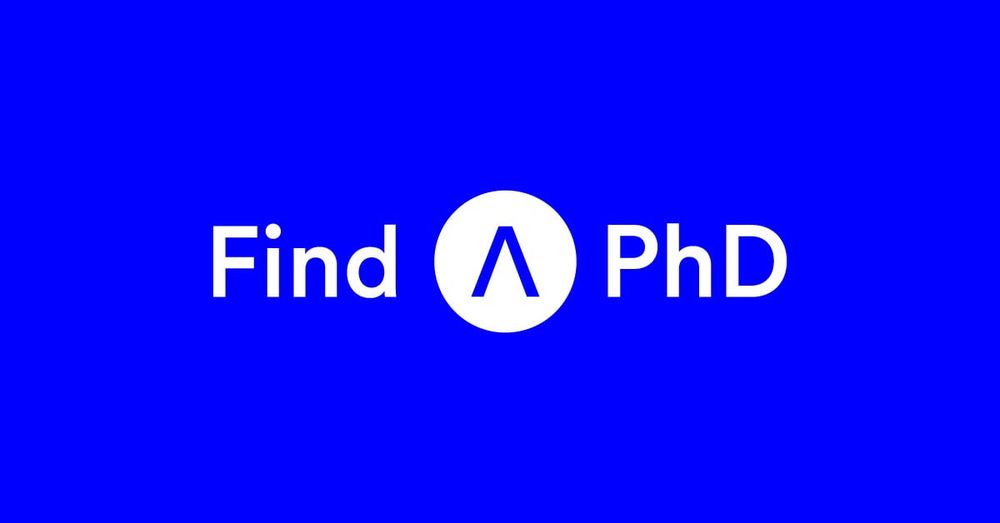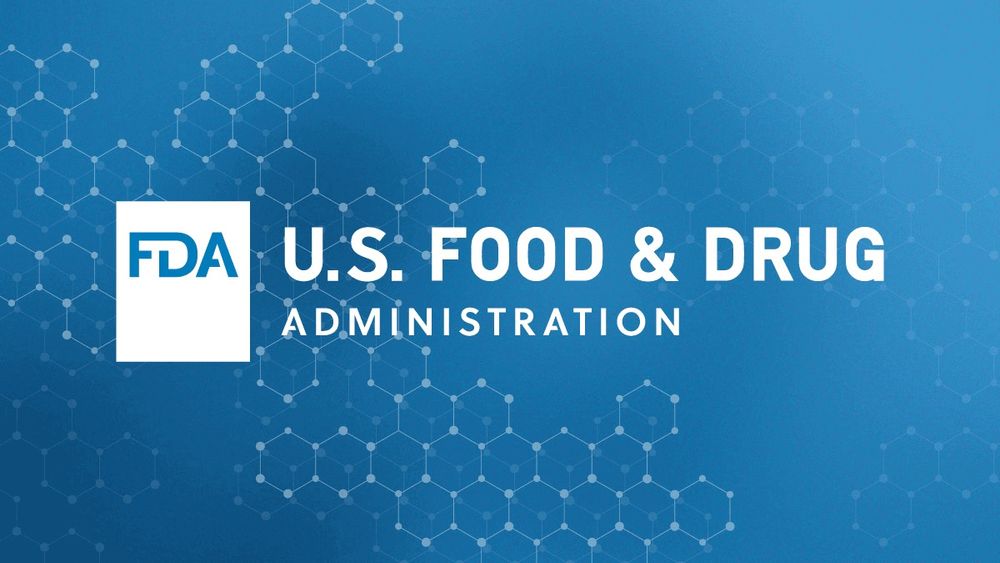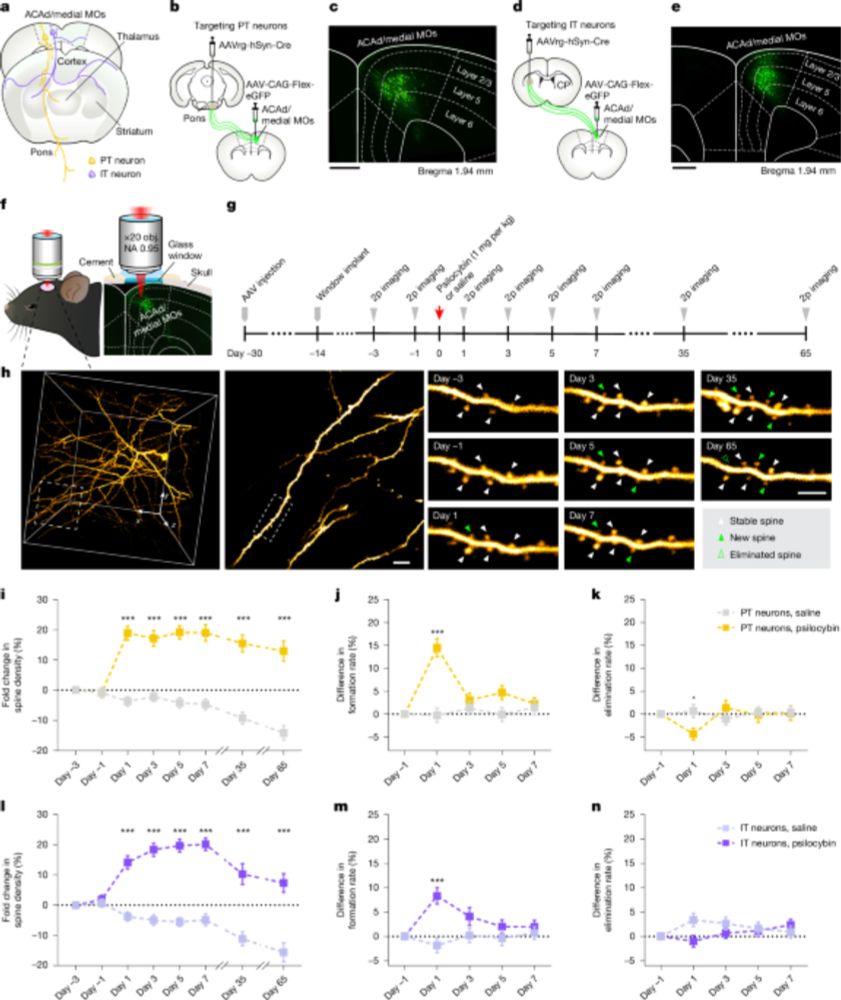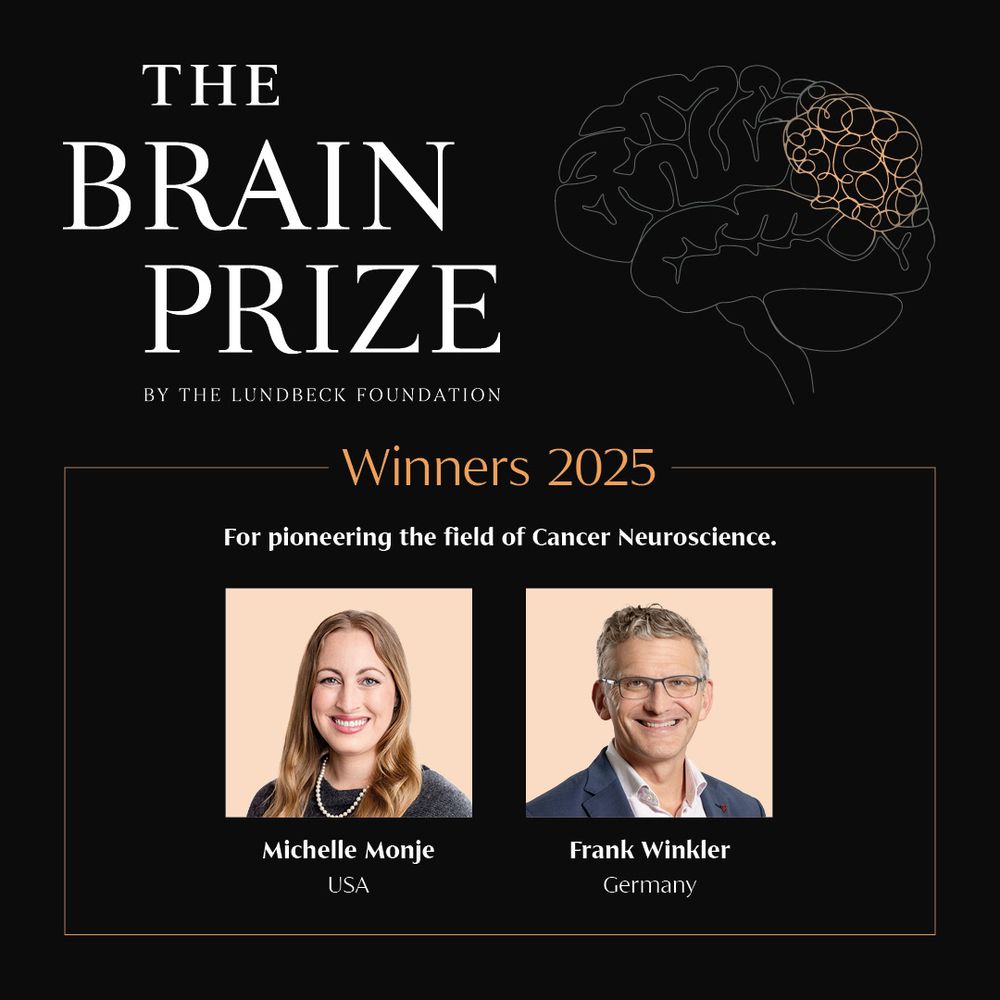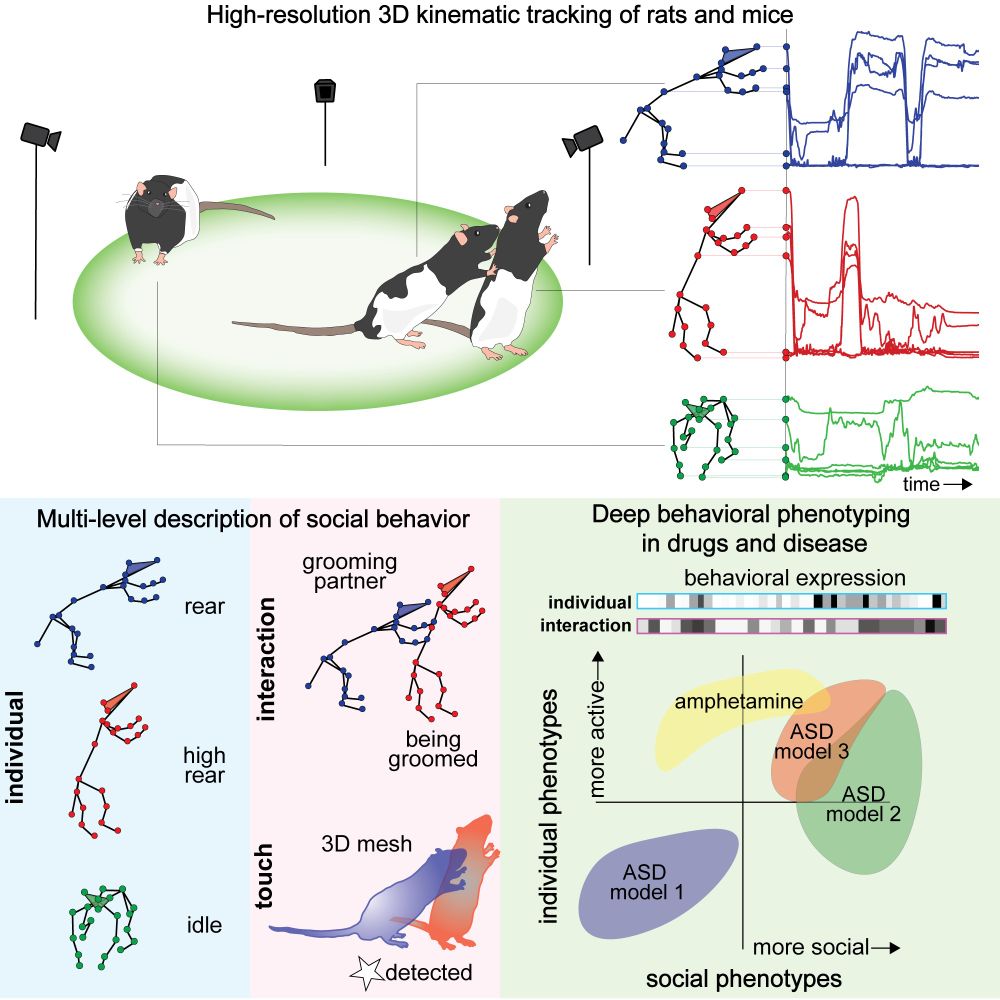Bilal Haider
@haiderlab.bsky.social
1.7K followers
290 following
88 posts
Neurons, circuits, visual perception | Associate Professor, Georgia Tech & Emory University, Atlanta, USA | haider.gatech.edu
Posting about #neuroscience research, mentoring, science advocacy.
Posts
Media
Videos
Starter Packs
Pinned
Bilal Haider
@haiderlab.bsky.social
· Mar 3

Lateral inhibition in V1 controls neural and perceptual contrast sensitivity - Nature Neuroscience
The role of lateral inhibition for perception and neural computation remains unsolved. Del Rosario et al. show that distinct types of cortical interneurons in V1 drive lateral inhibition that causes s...
doi.org
Reposted by Bilal Haider
Reposted by Bilal Haider
Reposted by Bilal Haider
Reposted by Bilal Haider
Alex Kwan
@alexkwan.bsky.social
· Apr 2
Reposted by Bilal Haider
Kate Jeffery
@katejj.bsky.social
· Mar 28
Bilal Haider
@haiderlab.bsky.social
· Mar 27
Reposted by Bilal Haider
Guy Bouvier
@gbouvier.bsky.social
· Mar 27
Bilal Haider
@haiderlab.bsky.social
· Mar 27
Bilal Haider
@haiderlab.bsky.social
· Mar 27
Reposted by Bilal Haider
Reposted by Bilal Haider
Bilal Haider
@haiderlab.bsky.social
· Mar 5
Bilal Haider
@haiderlab.bsky.social
· Mar 4
Bilal Haider
@haiderlab.bsky.social
· Mar 3

Lateral inhibition in V1 controls neural and perceptual contrast sensitivity - Nature Neuroscience
The role of lateral inhibition for perception and neural computation remains unsolved. Del Rosario et al. show that distinct types of cortical interneurons in V1 drive lateral inhibition that causes s...
doi.org
Bilal Haider
@haiderlab.bsky.social
· Mar 3
Bilal Haider
@haiderlab.bsky.social
· Mar 3
Bilal Haider
@haiderlab.bsky.social
· Mar 3
Bilal Haider
@haiderlab.bsky.social
· Mar 3
